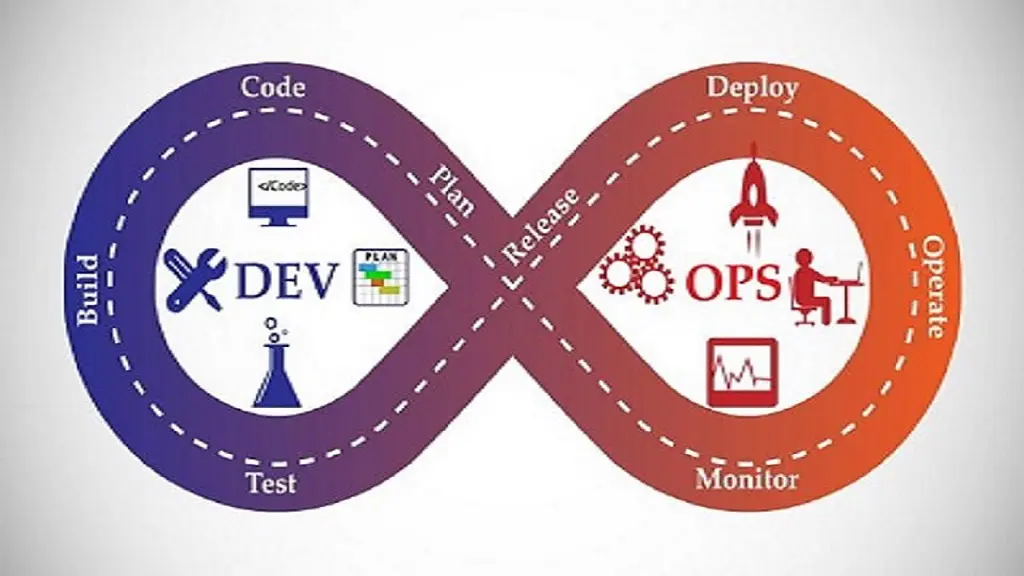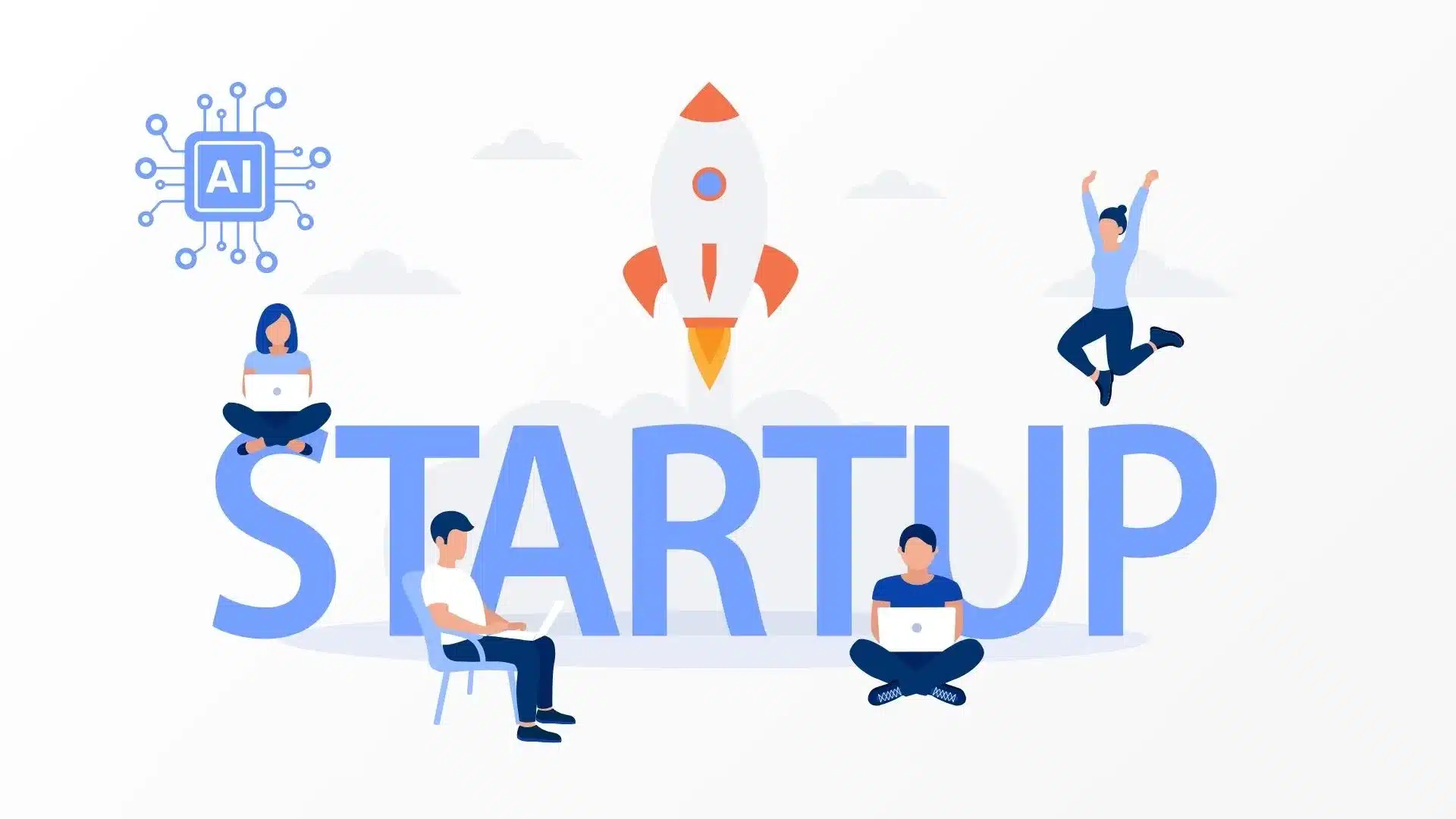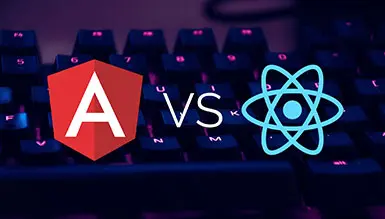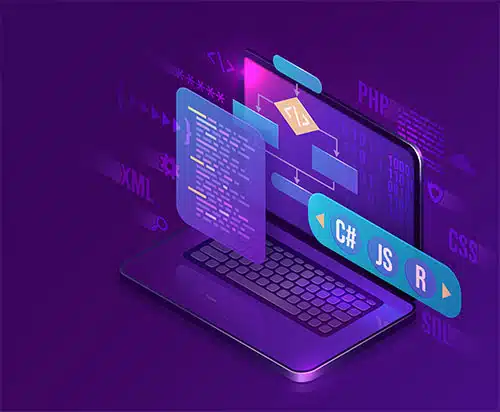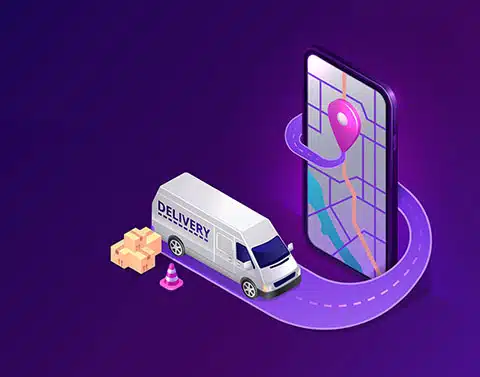With the evolution of technology and changing business landscapes, DevOps practices are constantly enhancing to meet the demands of modern software development. We will explore the key DevOps trends and advancements shaping that are shaping its future, from emerging technologies and automation to cultural shifts in this article. By understanding the trajectory of DevOps evolution and the challenges and opportunities on the horizon, organizations can better prepare for the next phase of DevOps transformation.
Key Takeaways:
- 77% of companies are using DevOps to deploy software.
- Continuous development, continuous integration, continuous testing, continuous deployment/continuous delivery, continuous monitoring, continuous feedback, and continuous operations are 7 Cs in DevOps.
- Better team collaboration, fast delivery time, greater customer experiences, and early defect detection are some of the benefits of DevOps.
- The market of DevOps has already crossed 10.4 billion in 2023 and is about to grow at 19.7% from 2024 to 2028.
What is DevOps?
DevOps is a fusion of software development and information technology operations. By incorporating DevOps into how your business runs, you get more oversight over the entire pipeline, allowing your teams to work better with fewer redundancies.
This is especially crucial since apps are becoming an increasingly more prominent force in how businesses run, and mobile application development relies so critically on your team’s ability to adapt quickly to the needs of your customers and make changes to your application that are both sensible and expedient.
The future of DevOps is increasingly synonymous with the future of business. While we cannot confidently predict how the methodology will grow in the coming years, there are some future trends we can expect to see in terms of DevOps development.
The DevOps market growth is expected to grow $ 21.13 Billion by 2031.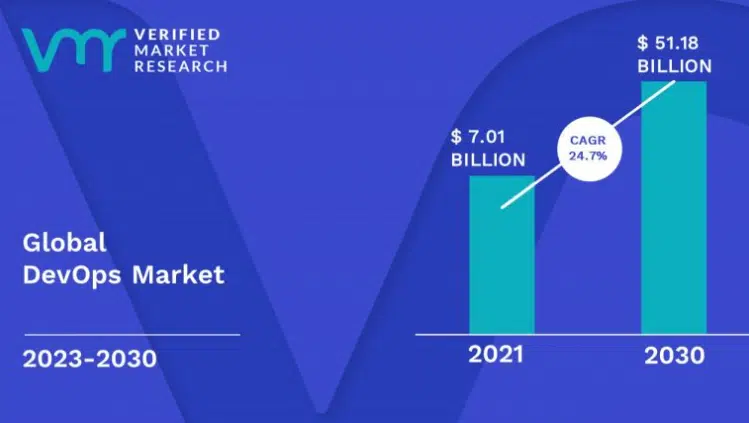
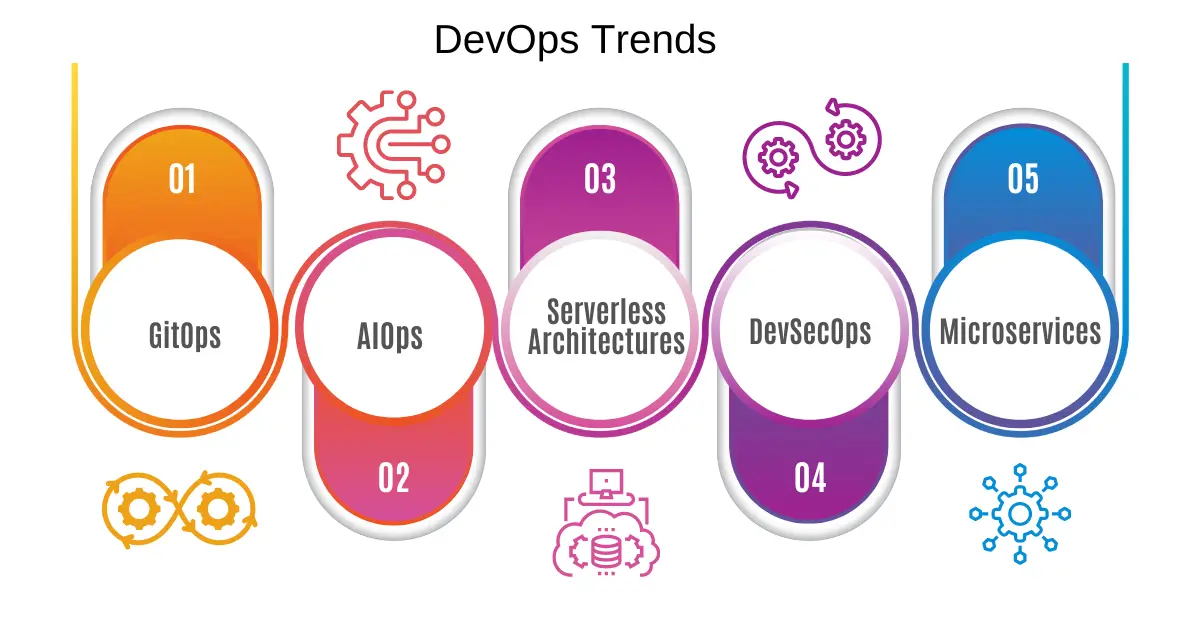
DevOps Trends:
1. GitOps
GitOps emphasizes the use of Git repositories for storing declarative infrastructure and application code, ensuring that all changes to the production environment are version-controlled, traceable, auditable, and collaborative. By adopting GitOps practices, organizations can automate the deployment process, making it more efficient, reliable, and scalable.
2. AIOps
AIOPS, or Artificial Intelligence for IT Operations, is a crucial component of DevOps practices that combines artificial intelligence and machine learning to optimize and automate IT operations. AIOPS helps organizations to streamline their processes, improve efficiency, and enhance overall performance by analyzing vast amounts of data from various systems and applications in real time.
3. Serverless Architectures
Serverless architectures in DevOps refer to a cloud computing model where the cloud provider manages the infrastructure and automatically allocates resources as needed. This allows developers to focus on writing and deploying code without worrying about server management, scaling, or maintenance. Serverless architectures are event-driven, meaning they only execute code in response to specific events or triggers.
4. DevSecOps
DevSecOps is the integration of security practices into the DevOps process, creating a more secure software development lifecycle. By incorporating security measures from the early stages of development, such as code review, vulnerability testing, and risk assessment, DevSecOps aims to identify and address potential security issues before they become major problems. This approach emphasizes collaboration between development, security, and operations teams, ensuring that security is not an afterthought but rather a proactive and integral part of the development process.
5. Microservices
Microservices in DevOps refers to an architectural approach that involves building applications as a collection of loosely coupled, independently deployable services. These services are designed to perform specific functions and communicate with each other using application programming interfaces (APIs). This approach allows for better scalability, flexibility, and resilience in software development projects.
Also Read: Role of DevOps for Mobile App Development
Future of DevOps
In 10 Years, DevOps Will Look Extremely Different
For one thing, containers will become the bread and butter of the execution of applications. It could even become the standard-bearer of both “Dev” and “Ops”. Additional technological changes could include functions that can operate without servers. Along with microservices, the structure of the application will become more flexible in its operations. However, some downsides from these changes can include technology becoming a bit more difficult to manage over time.
To deal with these upcoming shifts, a change will need to be made in the workflows and tools of DevOps. But once container-native and cloud applications become more available, better tools will also appear. With these changes, developers will no longer be required to write code on their computers or install required tools. Look for integrated development environments (IDEs) that are based on the web to come through SaaS (Software as a Service). But this last shift might come through a restricted enterprise cloud system.
The future of DevOps is exciting, as it promises to revolutionize the software development process of organizations across the globe. DevOps refers to the set of practices that enable software teams to collaborate effectively and deliver high-quality software products rapidly. As technology continues to evolve, businesses need to be flexible and adaptable to stay competitive, and DevOps is one way to ensure that software development is as efficient and effective as possible.
One of the key trends that will shape the future of DevOps is the increasing adoption of artificial intelligence and machine learning. These technologies can automate many of the repetitive tasks that software developers and operations teams perform, freeing up valuable time for more complex work.
Another trend to watch in the future of DevOps is the increasing popularity of containerization and microservices. Containerization involves encapsulating an application and its dependencies into a lightweight, portable package that can run on any platform.
Microservices, on the other hand, involve breaking down a complex application into smaller, independent services that work together. These approaches can improve scalability, resilience, and flexibility in software development, making them an attractive option for DevOps teams. As organizations continue to look for ways to speed up the software development process, these trends are likely to gain even more momentum in the coming years.
Also Read: 5 Reasons DevOps And Security Need To Work Together
Key Milestones in DevOps Evolution
Proliferation of Automation Tools:
The increasing demand for faster and more efficient software development processes has led to a proliferation of automation tools in the realm of DevOps. These tools, ranging from continuous integration and continuous deployment platforms to configuration management systems, help streamline workflows, reduce manual errors, and improve overall productivity. The widespread adoption of automation tools in DevOps accelerates the software development lifecycle and enhances collaboration and communication between development and operations teams, leading to greater innovation and competitiveness in the digital marketplace.
Version Control Systems:
By using version control systems such as Git, teams can work together seamlessly, track changes made by team members, and easily roll back to previous versions if necessary. This helps in managing code changes efficiently but also ensures that the development process is streamlined and transparent. Moreover, having a version control system in place in DevOps promotes better code quality, enables automated deployment processes, and provides a single source of truth for the project, thus leading to faster delivery of software and improved productivity.
Benefits of DevOps in 2024
- Increased speed and efficiency in delivering software updates and new features are achieved through continuous integration and deployment practices, enabling businesses to respond quickly to market demands.
- Improved communication and collaboration between different departments fostered a culture of innovation and problem-solving, leading to better outcomes and stronger teams.
- Enhanced security and compliance measures are implemented more effectively through automated testing and monitoring processes, reducing the risk of vulnerabilities and data breaches.
- Cost reduction and increased ROI are realized as the streamlined workflow and reduced downtime result in higher productivity and lower operational costs, making DevOps a crucial factor in driving business success in 2024.
Challenges and Limitations in DevOps Implementation
DevOps has been adopted as a popular software development practice across organizations to streamline the development, delivery, and maintenance of software applications. However, there are several challenges and limitations that organizations face while implementing and practicing DevOps.
Cultural Shift:
One of the biggest challenges is the cultural shift that is needed for successful DevOps adoption. Organizational culture plays a key role in DevOps, as the teams need to work together, collaborate, and communicate effectively to achieve the goals of DevOps. However, changes in organizational culture are usually slow and difficult, which can impact the adoption of DevOps.
Integration of Different Tools:
Another challenge of DevOps is the integration of different tools, technology, and infrastructure. DevOps requires continuous integration, continuous testing, and continuous monitoring, which often requires different tools and technology to be integrated. Integration of different tools and technology can be a time-consuming process, and failure to integrate them properly can lead to delays and errors in the software development process.
Conclusion:
In conclusion, the future of DevOps is bright and promising. Automation, collaboration, and continuous integration and delivery will become even more essential as businesses strive to deliver high-quality software at a faster pace.
Why should you consider JumpGrowth for DevOps Consulting Services?
JumpGrowth excels in providing outstanding DevOps consulting services, setting ourselves apart from the competition through our commitment to innovation, efficiency, and continuous improvement. Our team of skilled professionals are experts in infrastructure automation, continuous integration, and delivery, ensuring seamless communication and collaboration between development and operations teams.
Frequently Asked Questions:
1. How is DevOps different from agile methodology?
Ans) DevOps is an integration of development and operations processes. Whereas Agile methodology is an iterative process of rapid releases, collaboration, and customer feedback.
2. What are the different phases in DevOps?
Ans) In the DevOps life cycle, there are separate phases continuous development, continuous integration, continuous testing, continuous deployment, and continuous monitoring.
3. What are the core operations of DevOps in terms of development?
Ans) The core operations of DevOps are:
- code coverage
- unit testing
- deployment with infrastructure
- provisioning
- configuration
- orchestration, and deployment
4. Which scripting language can be used in DevOps?
Ans) We can use Python in DevOps.
5. Name some of the top tools used in DevOps.
Ans) The top tools used in DevOps are:
- Docker,
- Git,
- Selenium,
- Puppet,
- Nagios,
- Chef
